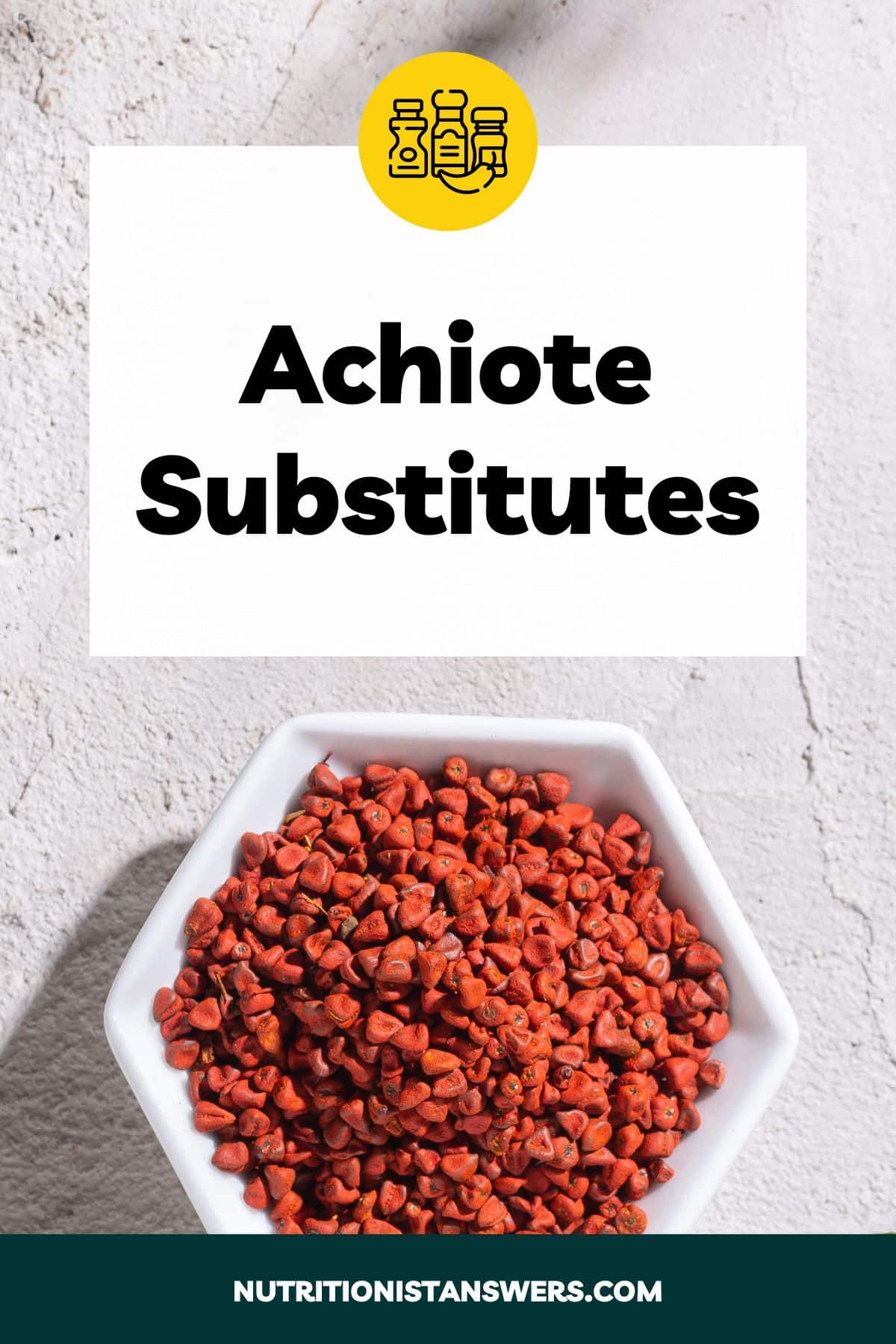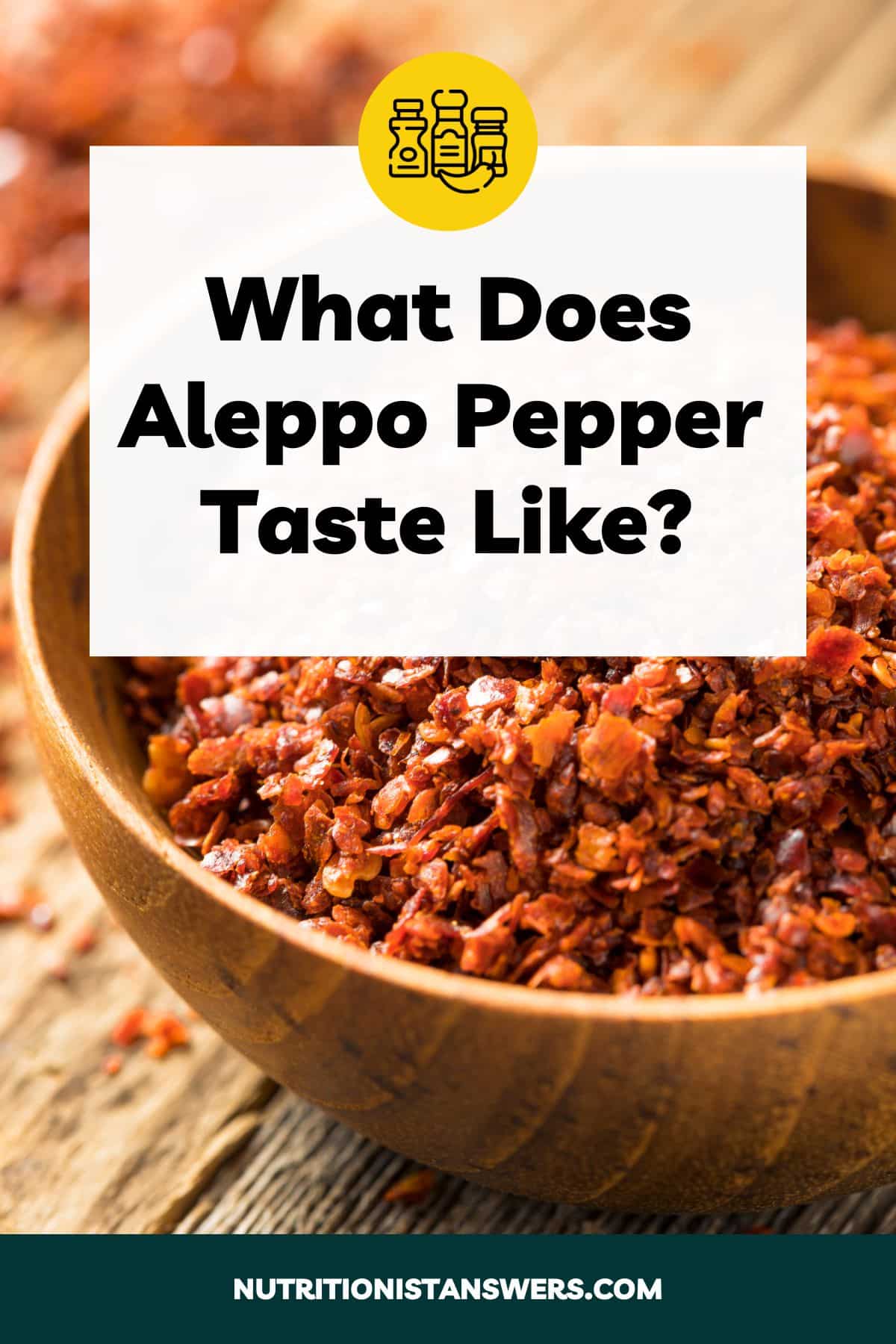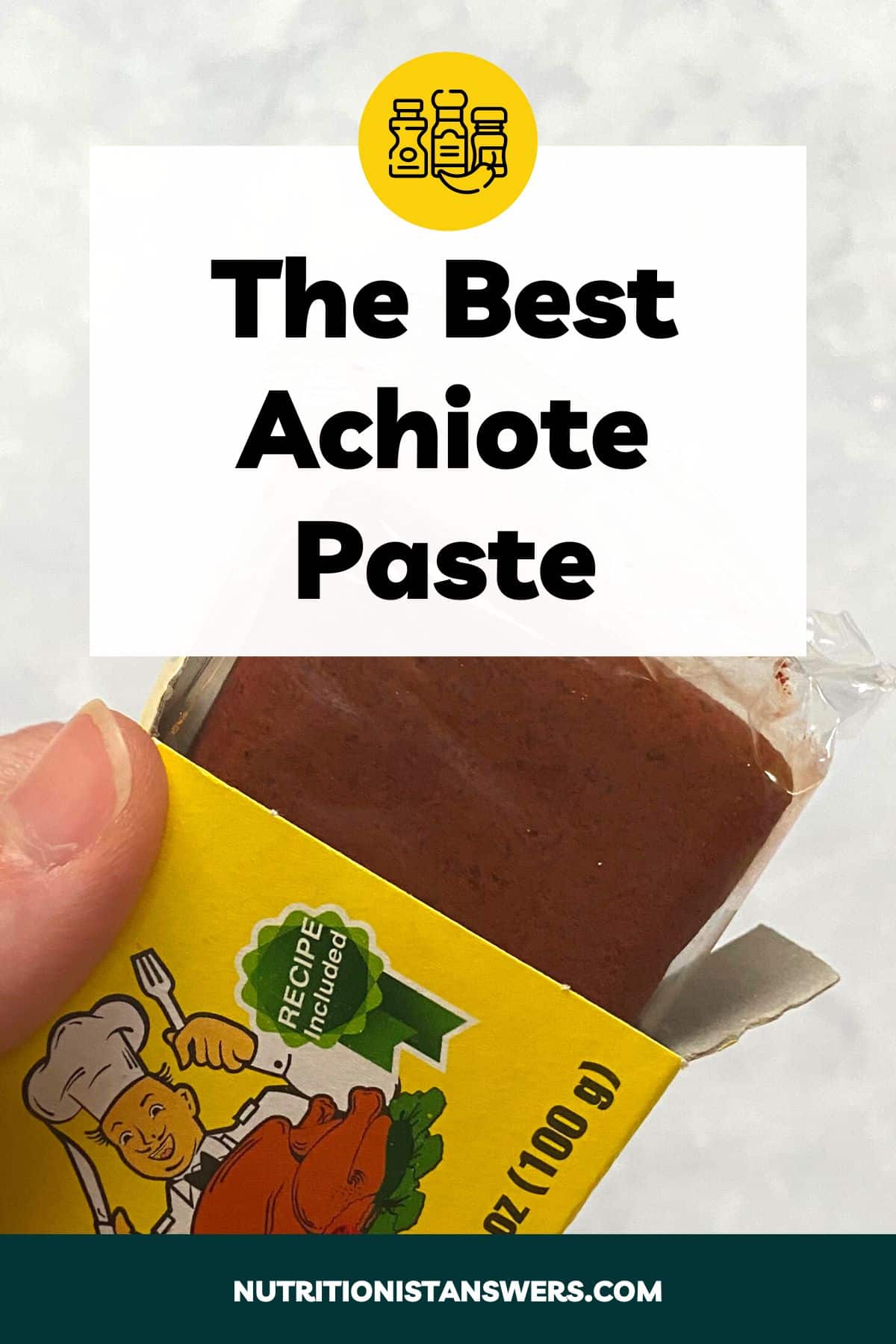Achiote (also called annatto) is a bright red seed that can be used both to flavor and enhance the color of food.
It is commonly used in Mexican, Central American, and Caribbean cuisines to make traditional dishes like arroz con pollo, tacos al pastor, and empanadas.
Achiote is typically sold at Latin grocery stores and can also be purchased online. If you don’t have access to achiote, there are several substitutes that can be used in its place.
Please note that this article contains affiliate links. If you click one of these links and make a purchase, we may earn a commission. As an Amazon Associate, we earn from qualifying purchases.
Achiote powder substitutes
Achiote powder is a red-orange powder made from ground achiote seeds. It tastes mild, peppery, and earthy, with a hint of smoke flavor.
This versatile spice can add color and flavor to spice rubs, marinades, sauces, and traditional dishes like arroz amarillo (yellow rice) and carne colorada (achiote-marinated meat).
If you don’t have achiote powder on hand, there are a few other spices that can be used as substitutes.
Paprika
Paprika is a spice made from certain varieties of dried red peppers that have been ground into a powder.
It has a mild, earthy flavor and a hint of smokiness, and a bright red-orange color. Although it is made from peppers, it typically isn’t spicy.
Paprika is probably the closest match for achiote powder, but it does have a slightly milder flavor and its color isn’t quite as vibrant when mixed into food.
You can substitute paprika for achiote powder in a 1:1 ratio in just about any recipe.
Turmeric
Turmeric is a bright golden-yellow spice made from dried, ground turmeric root and is commonly used as a natural food coloring.
It has a strong bitter flavor that’s also earthy and somewhat peppery with just a hint of sweetness.
While turmeric cannot fully replicate the flavor and color of achiote powder, it can be used in its place if you don’t have any on hand.
Just keep in mind that the dish will have a yellow-orange color rather than orange-red and may taste less peppery.
To ensure that turmeric’s strong flavor doesn’t overpower your dish, you’ll want to use ¼-½ teaspoon for every 1 teaspoon of achiote powder.
Paprika + turmeric combination
For the best of both worlds, consider combining equal parts paprika and turmeric powder as a 1:1 substitute for annatto powder.
That way you can get the deep red color from paprika plus the yellow undertones and earthy flavor of paprika.
Saffron
Saffron is a spice made from the dried stigmas and styles (pollen-bearing structures) of the Autumn Crocus flower.
It has a vibrant red color with bits of golden yellow and a complex flavor that’s both floral and earthy.
While it may not offer the same smoky flavor as achiote, saffron can add subtle complexity to rice dishes and meat marinades.
However, it’s easy for saffron’s delicate flavor to get lost, so it’s best to avoid using it in dishes with stronger flavors.
To substitute saffron for achiote, first grind it into a powder using a mortar and pestle or spice grinder. You only need a small amount — about ¼ teaspoon to season an entire dish.
Note that saffron is much more expensive than annatto, so it may not be the most economical substitution choice!
Achiote paste substitute
Achiote paste is made from whole achiote seeds, garlic, spices, and citrus juice that have been mixed together and ground into a thick paste.
It can be blended into marinades, sauces, and stews, or used to make traditional dishes like pollo asado (grilled chicken) and cochinita pibil (slow-roasted pork).
If you have whole achiote seeds in your pantry, you can make your own achiote paste. You’ll also need garlic, cumin, coriander, oregano, pepper, and citrus juice or vinegar.
Another option is to use one of the achiote paste substitutes listed below.
DIY paste with paprika
If you have a blender or food processor and a little extra time on your hands, consider making your own achiote paste substitute with paprika.
Simply replace the achiote seeds in any achiote paste recipe with an equal amount of paprika and keep all the other ingredients the same.
Because paprika is so similar in flavor and color to achiote, this DIY option will provide the closest substitute for achiote paste.
Turmeric paste
Turmeric paste is made from turmeric powder or fresh turmeric root that is mixed with water and ghee or coconut oil. Other ingredients like spices and sweeteners are sometimes also included.
Compared to achiote paste, turmeric paste tastes more bitter and less acidic, and it will give foods a bright yellow color instead of orange or red.
Turmeric paste can be purchased online or at some specialty grocery stores. To best match achiote’s flavor, you’ll want to choose products that don’t have added cinnamon or sweeteners.
You can also make your own turmeric paste using turmeric powder, coconut oil, black pepper, and water.
Due to its stronger bitter flavor, you might want to use half the amount of turmeric paste as achiote paste in your recipe.
Chile paste
Chile paste is a general term for any paste made from ground chile peppers. In a pinch, it can work as a substitute for achiote paste.
The main difference is that chile pastes can be quite spicy and the color will vary depending on which peppers are used. Most premade chile pastes contain other ingredients that will also impact the flavor of the dish.
There are many different types of chile pastes, and any of the following can be substituted for achiote paste:
- Chipotle chile paste: a Mexican chile paste made from smoked, dried jalapeno peppers (called chipotle chiles), which taste sweet, smoky, and moderately spicy.
- Aji amarillo paste: a Peruvian chile paste consisting primarily of aji amarillo, a very spicy yellow pepper.
- Sambal oelek: an Indonesian chile paste made with crushed fresh chile peppers, vinegar, and salt.
- Gochujang: a fermented Korean chile paste made from spicy red chile flakes along with other ingredients such as soybean powder, rice flour, and barley malt powder.
- Harissa: a hot chile paste that originated in Tunisia and typically includes red chiles, garlic, olive oil, lemon juice, and other spices including cumin, coriander, and caraway.
As with turmeric paste, consider using half the amount of chile paste as achiote paste in your recipe to avoid overpowering flavors.
Final thoughts
Achiote adds a unique flavor and color to dishes, but if you don’t have any on hand, substitutes can still help you create delicious meals.
Paprika is the best match for achiote’s color and flavor, but turmeric, saffron, and chile peppers also work.
Experiment with different options to find the one that fits your taste preferences and cooking style best.
Amy Richter is a Registered Dietitian Nutritionist based in Missouri. She is an experienced nutrition writer and medical advisor for Healthline and Medical News Today. Amy is passionate about all things food-related and enjoys translating complex science into easy-to-understand articles.





